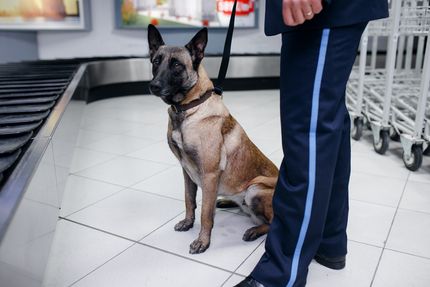Facts & Origin
The Norwich de Tulear: origin and history
The Norwich de Tulear, also known as the Coton de Tuléar and Norwich Terrier mix, is a unique breed of dog created by crossing a Coton de Tuléar and a Norwich Terrier. This mixed dog breed combines the best qualities of both parent breeds to create a devoted, playful and lovable companion.
The Coton de Tuléar is a small companion dog that originated on the island of Madagascar. The breed was originally bred for the company of noble families and is known for its soft, cottony coat.
| Alternate Name | - |
| Origin | France - UK |
| Life expectancy | 10 - 17 years |
| Care requirements | high-maintenance - low-maintenance |
| Activity level | low - average |
| FCI group | not recognised |
| AKC group | not recognised |
| KC group | not recognised |
More Coton de Tuléar mixes
More Norwich Terrier mixes
Attitude, character and temperament of the breed
Suitability of the Norwich de Tulear
The Norwich de Tulear generally inherits the friendly, excitable temperament of the Norwich Terrier and the loving, gentle nature of the Coton de Tuléar. This makes him a great choice for families and individuals alike.
- Compatibility with children and other animals: The breed generally gets along well with children and other pets.
- Trainability: easy training is another great advantage of this breed, as both the Norwich Terrier and the Coton de Tuléar are known to learn new commands quickly.
- Health: Since both parent breeds are generally healthy, puppies of this breed can be expected to be in good health as well.
Character traits and temperament
Norwich de Tulear dogs are known for their friendly and even-tempered nature. They tend to be lively and charming, which makes them great family dogs. They are also very intelligent and adaptive, which means they are easy to train. Their other strong traits include their loyalty, which is why they form strong bonds with their families.
- Playful: These dogs are full of energy and love to play with children or other pets.
- Adaptable: they easily adapt to new environments and situations and are suitable for both country and city life.
- Alert: They are able to respond to a variety of commands and be alert to situations, making them great watchdogs.
Character
Usage
Health and care
The breed is characterized by a generally good health profile. However, both parent breeds can be prone to certain health problems, so regular vet visits are important for prevention. Possible inherited conditions include hip dysplasia, progressive retinal atrophy, and patellar luxation.
Grooming the Norwich de Tulear can be somewhat challenging due to its thick, fluffy coat. Regular brushing is necessary to prevent matting and keep the coat healthy. The Norwich de Tulear is not a heavy shedder, making it a good choice for those with allergies.
Breeding of the Norwich de Tulear
Breeding the Norwich de Tulear should be done by responsible breeders who pay attention to the overall health and well-being of the dogs. It is essential to ensure sufficient genetic diversity and good health when selecting breeding stock, in order to preserve the best qualities of the breed and guarantee healthy puppies.
What does this mixed breed look like?
Norwich de Tulears have the potential to inherit various traits from their parents , from size to coat color. In general, however, they are medium-sized.
Its coat varies between the rough, rather wiry coat of the Norwich Terrier and the fluffy, soft, long coat of the Coton de Tulear. The coat color can vary in the range of white, cream, black, or reddish, depending on which parent they resemble more.
| Fur length | long - medium |
| Fur | wavy - rough-haired |
| Ear shape | Floppy Ear - Standing Ears |
| Tail | fanned out - short |
| Anatomy | dainty, rugged |
| Size ♀ | 23 - 26 cm |
| Weight ♀ | 4 - 7 kg |
| Size ♂ | 23 - 28 cm |
| Weight ♂ | 4 - 7 kg |
| Suitable For | suitable for allergy sufferers, Beginner, Children, Seniors, Beginner, Children, Seniors |
Known Diseases
Overweight
Often, unfortunately, the dogs very much under excess weight. But the dogs themselves are never to blame!
Patellar luxation
Patellar luxation is the term used to describe a displacement of the kneecap, which is one of the most common causes of lameness in dogs.
FAQ
-
The average life expectancy for this mixed breed is between 12 and 15 years.
-
This mixed breed is intelligent, friendly, playful and curious. They are very affectionate and need a lot of attention and love from their owners.
-
Although this mixed breed is relatively small, it still needs enough space to move and play.
-
No, care for them is not particularly difficult. Their fur must be brushed regularly.






















